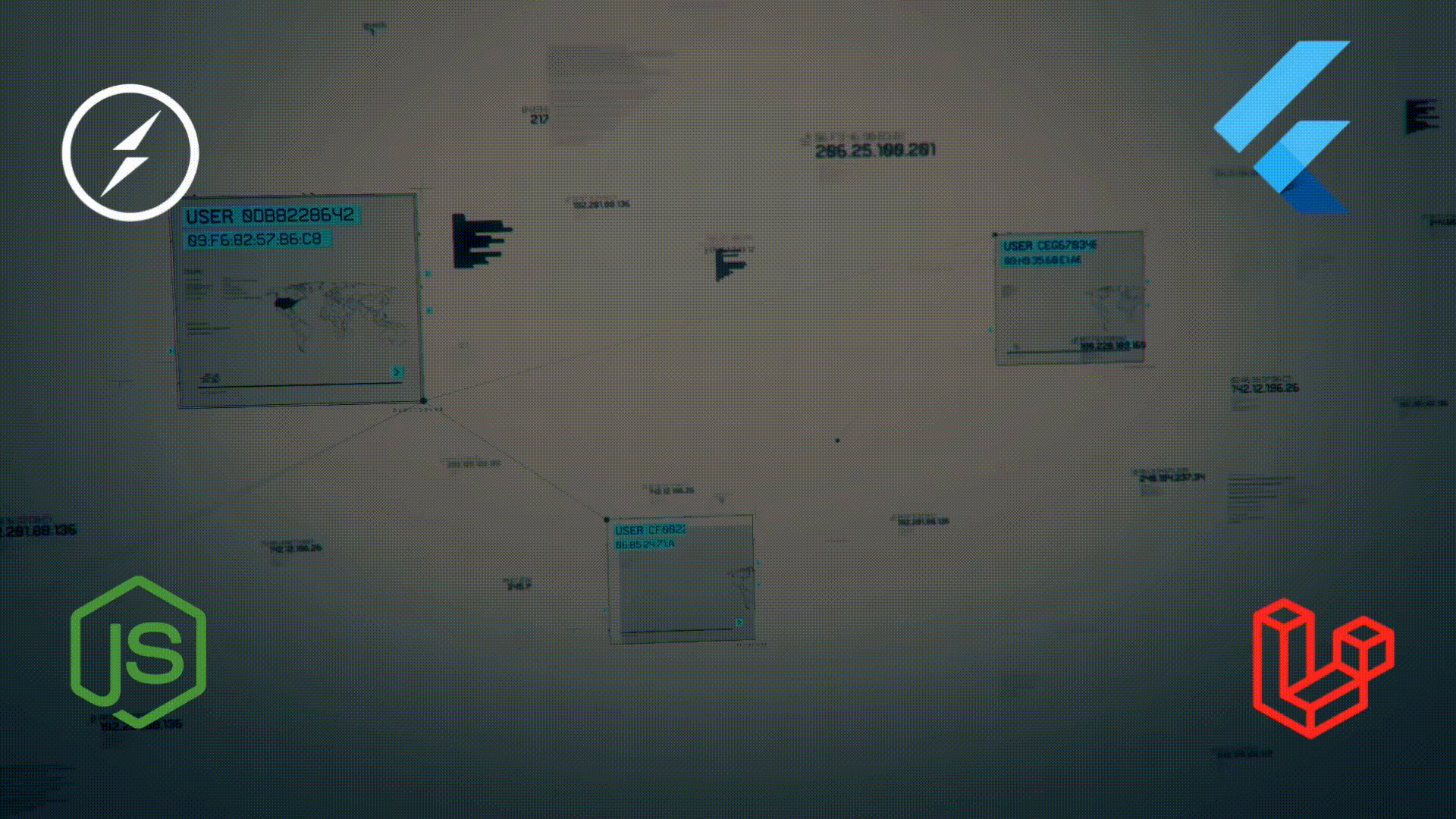Justifying Socket.IO's Push Mechanism in Flutter, Laravel, and NodeJS Applications
Why Socket.IO’s Push Mechanism is Essential for Modern App Architecture (Flutter + Laravel + NodeJS)
The integration of Socket.IO's push mechanism introduces a robust, real-time, bidirectional communication layer that significantly enhances modern application stacks—especially those combining Flutter (client), Laravel (primary backend), and NodeJS (real-time server/microservice). By shifting from inefficient client-side polling to server-initiated, low-latency data pushes, this architecture delivers a dramatically superior user experience.
Why Choose Socket.IO? — Core Justification
Traditional HTTP communication depends on a request - response cycle. This means the client must repeatedly poll the server for updates, resulting in:
- Higher latency for updates
- Increased server load and wasted bandwidth
- Poor user experience for real-time features
Socket.IO, built on top of WebSockets (with reliable fallbacks), establishes a persistent, bidirectional connection between client and server. This allows immediate, event-driven data delivery—completely eliminating polling.
Key Advantages of Using Socket.IO Push
Real-Time Interactions
Ideal for chat apps, notifications, dashboards, live updates, and collaborative tools.
Extremely Low Latency
Events are delivered almost instantly after being triggered on the server.
Reliability & Efficiency
Built-in features include: Automatic reconnection, Packet buffering, Delivery acknowledgments, & Fallback transport options.
These provide greater reliability than raw WebSockets.
Targeted Broadcasting
Socket.IO supports: Broadcasting to all clients, Broadcasting to a specific room/group, & Sending to a single client via socket ID.
This ensures optimal and efficient data delivery.
How Socket.IO Integrates into the Flutter + Laravel + NodeJS Stack
Acts as the dedicated Socket.IO server. NodeJS’s event-driven, non-blocking architecture makes it perfect for handling thousands of concurrent WebSocket connections.
Laravel — Core Application LogicHandles all business logic, database interactions, and REST APIs.
- Broadcast events
- Message queues
- Redis (Pub/Sub)
Acts as the user interface for mobile, web, and desktop—powered by real-time updates using socket_io_client package. Because the connection stays open, Flutter receives data instantly without sending explicit requests. This ensures a fast, synchronized user experience across all platforms.
Real-World Use Cases Enabled by Socket.IO Push
- Instant Chat
- Live Dashboards
- Notifications
- Multiplayer Games
Why Choose AARK Technology Hub for Real-Time Architecture?
Modern real-time systems demand more than just WebSockets—they require a well-designed architecture that connects Flutter, Laravel, and Node.js seamlessly. This is where the right technology partner makes all the difference.
At AARK Tech Hub, we specialize in implementing these advanced, event-driven architectures with precision and scalability.
- Seamless integration between Flutter clients, Laravel backend, and Node.js Socket.IO servers
- Optimized performance, even under high concurrent user load
- Clean, scalable, microservice-ready architecture
- Enterprise-grade reliability using Redis, queues, and broadcasting
- Future-proof, next-generation real-time systems that grow with your business
We don’t just deploy Socket.IO—we design your entire data flow so that it’s efficient, resilient, and effortless to scale. We understand your technology stack deeply, and we know exactly how to leverage Socket.IO to build dynamic, ultra-responsive real-time applications.


